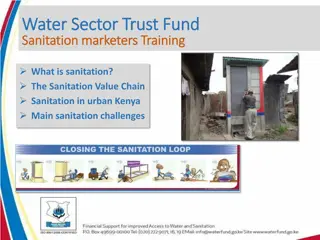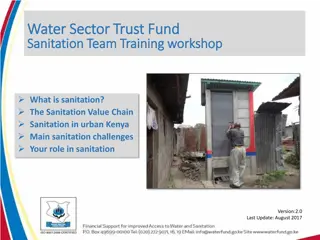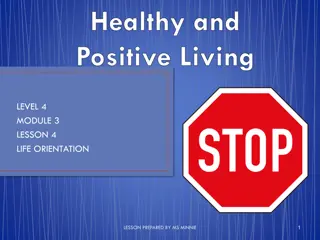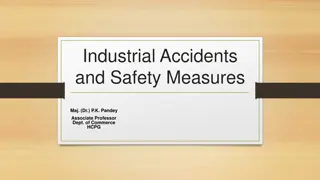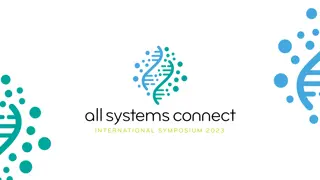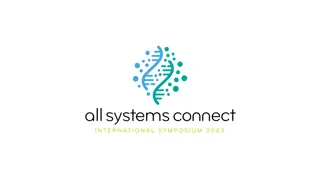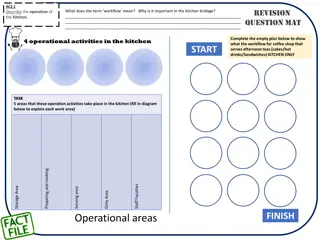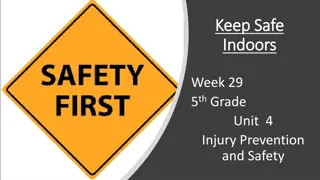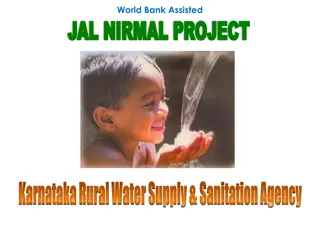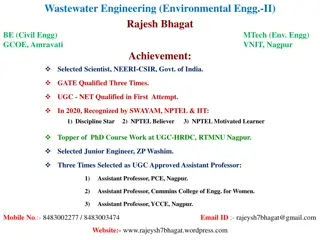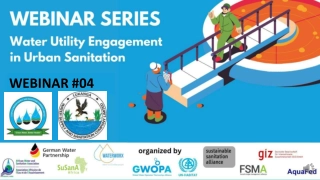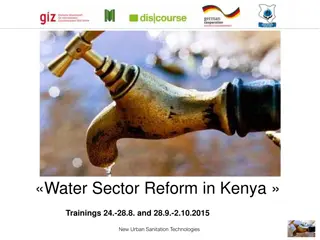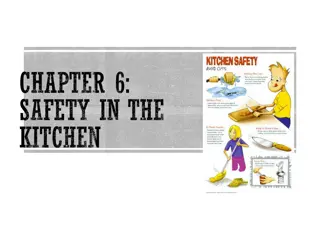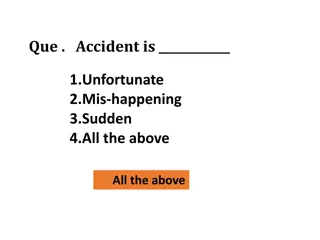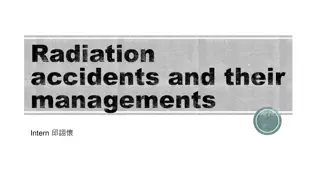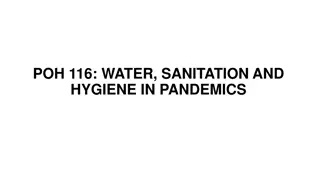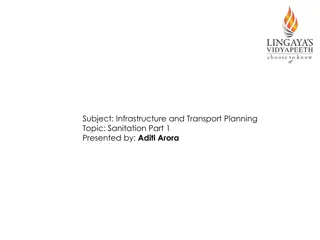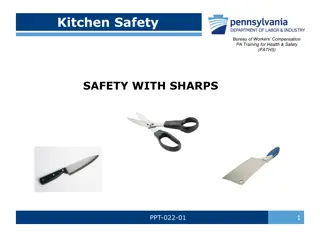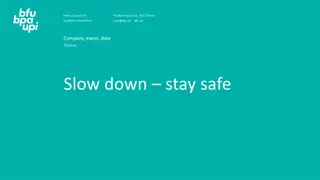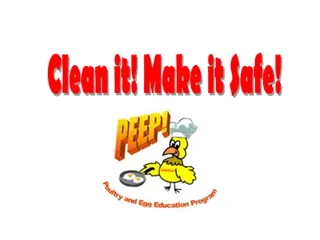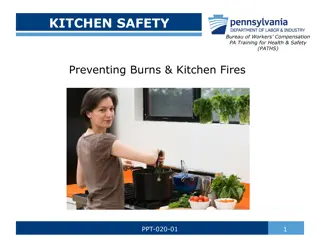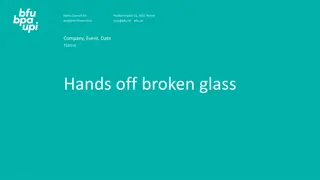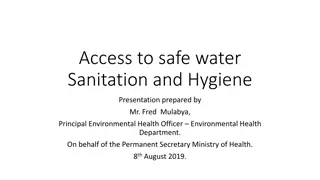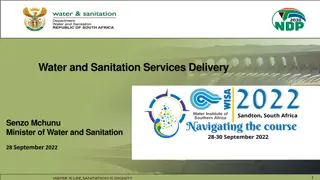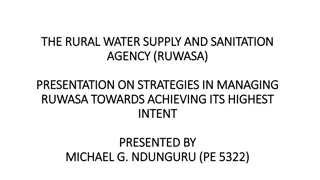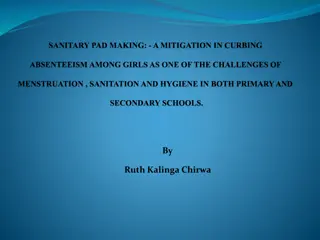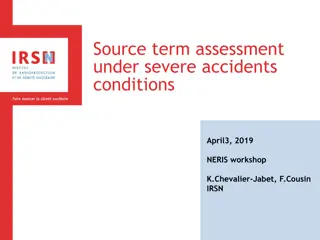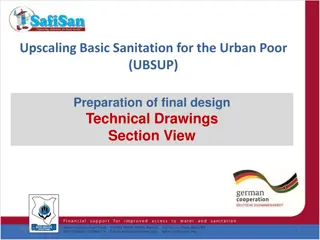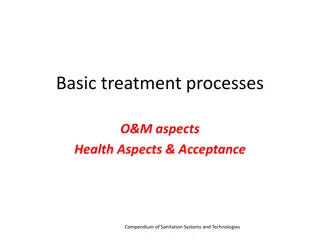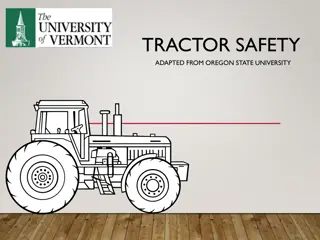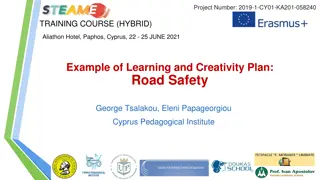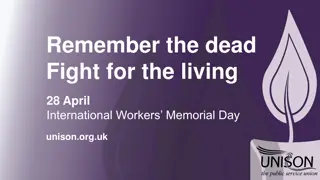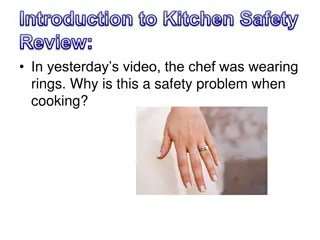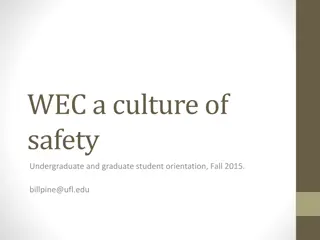Kitchen Safety and Sanitation: A Guide to Preventing Accidents
Enhance your kitchen safety and sanitation practices by identifying unsafe aspects in the kitchen, preventing accidents like spills, cuts, and burns, and implementing general safety measures. Learn the importance of immediate clean-up, prior knowledge of equipment, and careful planning to maintain a safe cooking environment. Discover essential tips for preventing cuts, effective hand placement, knife safety, and the importance of following safety protocols to ensure a hazard-free kitchen environment.
Download Presentation

Please find below an Image/Link to download the presentation.
The content on the website is provided AS IS for your information and personal use only. It may not be sold, licensed, or shared on other websites without obtaining consent from the author. Download presentation by click this link. If you encounter any issues during the download, it is possible that the publisher has removed the file from their server.
E N D
Presentation Transcript
Think! Kitchen Safety and Sanitation
Please look at the following picture for 3 minutes and note all of the UNSAFE aspects of the picture. You have 3 You have 3 minutes: minutes:
Some reasons why this kitchen is unsafe: Open fridge door (someone could run into it) Open cupboards above (things fall out, bump your head on the corner) Broken cabinets below Open can with sharp lid Knife sticking out of dish water Open cabinets below (chemicals at reach of children) Spills Knives facing out Toys Open oven Dishes everywhere Unstable stacked dishes Water with plugged in toaster Pot handle facing out Heated Ranges Box on/near hot ranges Pan handle out No oven mitts Paper towels near hot range (unused) No person No soap
Top Accidents SPILLS CUTS Spills Burns Cuts BURNS 3 Major Lab Safety Issues
How can we prevent these accidents? Immediate clean-up PRIOR KNOWLEDGE OF EQUIPMENT Awareness/placement Careful planning of lab assignments
General Safety Knowledge Know first aid for cuts, spills, burns Knife safety Safety includes sanitation Hair, jewelry, clothing, aprons, etc is it in the way? Will it catch fire? Is it touching food? Quick response clean-up is essential Read appliance manuals first NO horseplay, rough-housing Cleanliness! Emergency response procedures Our FIRE EXTINGUISHER is LOCATED: by Kitchen Eight (Front of room)
Preventing CUTS Hand placement: the CLAW or the FLAT HAND TOP Wash knives separately Put all broken glass in the SHARPS BIN Remove can lids completely, place in the sharps bin
http://www.youtube.com/watch?v=sLuU390MX9 M KNIFE SAFETY
A dull knife is dangerous and inefficient. The best knives are SHARP knives because they use less pressure. Sharp vs. Dull
If its spurting, we get emergency help (arterial cut) If it s oozing (as most cuts will), you need to 1. Wash with soap and water 2. Apply direct pressure 3. Clean up and bandage 4. Any more than that, we can get the nurse First Aid for CUTS
Preventing SPILLS #1 Rule in this class: CLEAN IT UP QUICK! Spills lead to slips and falls.
If the person fell because they slipped on a spill, we PICK THEM UP Unless they hit their head. We DO NOT move them and we tell Mrs. Milburn right away. Moving a person with a head injury could cause further damage or paralysis. First Aid for FALLS
Preventing BURNS Use oven mitts and hot pads Open lids away from you (to avoid steam burn) No hanging jewelry or loose clothing Wear an apron Avoid touching hot surfaces
About burns. TYPES: 1st (like a sunburn) 2nd (usually has blisters) 3rd (severe tissue damage) SOURCES: Thermal (heat), Chemical, Electrical *Did you know? Just 3 seconds of exposure to water at 140 degrees can cause a 3rd degree burn in an adult. At 156 degrees the same burn occurs in one second. That s still 40 degrees less than boiling water.
Run cold water over the area or apply a wet, cold cloth. NOT ice. Ice can cause further tissue damage (freeze the skin) If you are on fire, stop drop and roll! (don t run) We will call 911 and/or get nurse First Aid for Burns
Preventing: ELECTRIC SHOCK! WATER & ELECTRICITY don t mix! WATER & ELECTRICITY don t mix! Know how the equipment works! Attach things before plugging it in Make sure the cord is not near any water Do not put near hot objects Avoid octopus outlets (one outlet with many cords) Disconnect appliances before cleaning them Don t use damaged appliances Keep metal away (i.e. don t use fork in a toaster)
Electric Shock: What to Do if It happens 1) Turn off the power source (do NOT touch the person!) 2) Remove the person from the source 3) Begin compressions if necessary, call 911
GREASE FIRES CAUSE: Oil/fat left on heat too long, will spontaneously combust (light itself on fire) NEVER EVER EVER EVER EVER EVER put water on a grease fire. It will blow up!!! PREVENTION: use a thermometer watch the oil (smoke warning) Lower or turn off the heat How to put it out: Don t panic Baking soda or salt (lots) Fire extinguisher Lid (metal)
What are the 3 main injuries in the lab? How can we prevent them? How do we treat them? Tell me about Grease fires? What do we NOT put on them? SUMMARY


